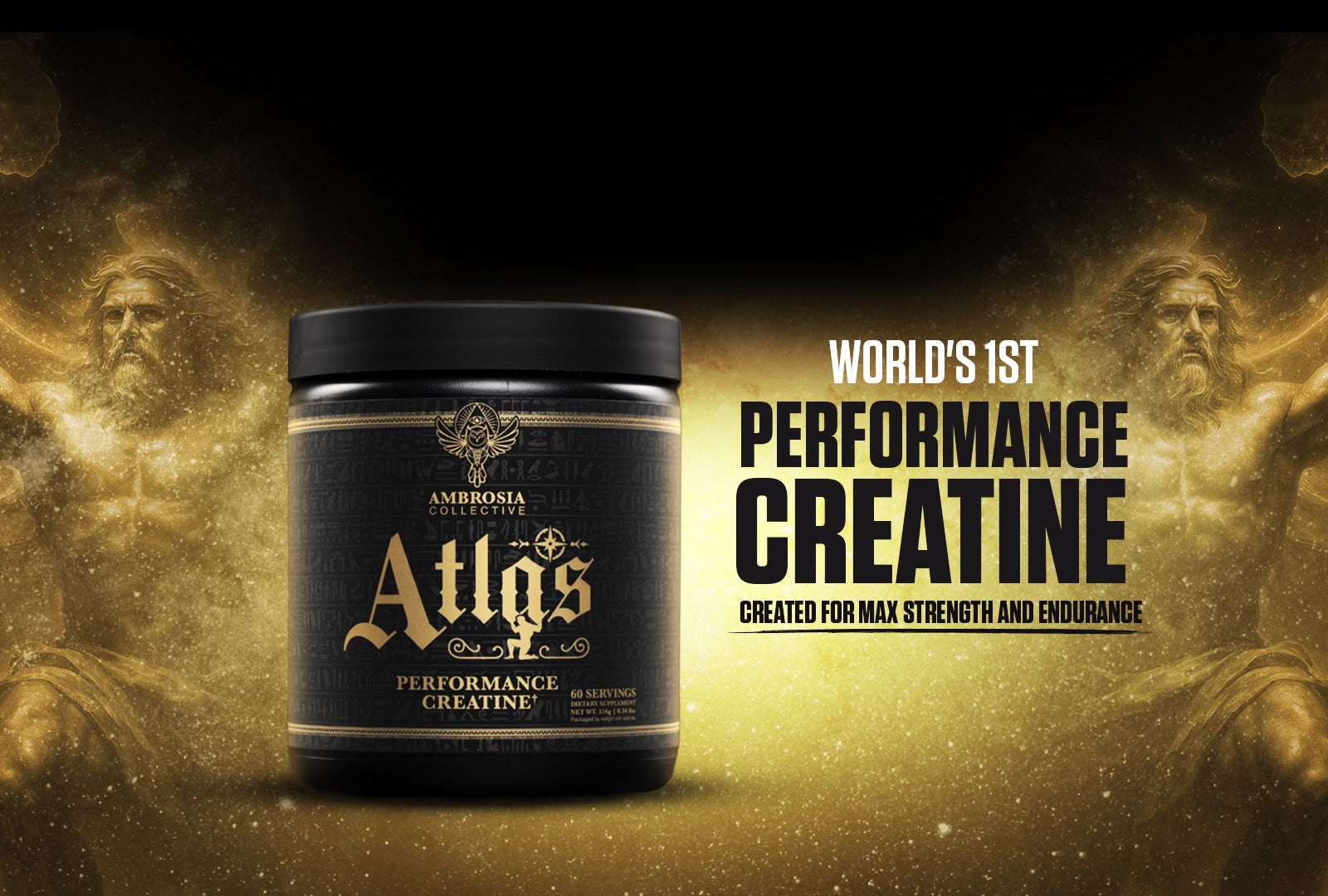In Batman Begins, there’s a scene where Bruce Wayne falls down a well and discovers a colony of bats living in a cave underneath.
Later, after Bruce has been rescued, his father, Thomas Wayne, asks him, “Why do we fall, Bruce? So we can learn to pick ourselves up.”
The German philosopher, Friedrich Nietzsche, said something similar, “That which does not kill us, makes us stronger.”
There is this “thing” inside us as humans, it’s part of our nature, that drives us to keep going.
So we know that we have the capacity to move forward.
What I want to look at in this article is HOW we move forward.
What are the tools, vehicles, and strategies for healing from something bad that happens to us?
It turns out, there are some emerging research and studies that demonstrate the potential for incredible growth from stress and trauma.
Of course, recovering from stress and trauma is easier said than done.
Going through something traumatic, like an accident, serious illness, or abuse, can take decades, sometimes an entire lifetime, to recover from. That's some serious shit.
While daily stress is not as shocking or violent as trauma, it needs to be dealt with and handled. If not, it can make you fat, speed up the onset of Alzheimer’s, and lots of other horrible shit.
What I want to give you here is a roadmap that many people follow on their path to healing.
Obviously, everyone’s journey is different.
But research has shown that there are some common breakthroughs that many people hit on their journey to healing from trauma and stress.
There are also some common “vehicles” to those breakthroughs that this new research has revealed that we can use to get to a place of healing.
I want to show you what science has revealed as far as some potential tools that are common amongst trauma survivors that anyone can experiment with to address their pain, stress, and anxiety.
The name of this potential for growth after trauma is aptly named Post-Traumatic Growth (PTG).
Post-Traumatic Growth is Real
The first thing I want to you show you is proof that PTG exists and that it works.
There’s this study with 161 women who survived breast cancer treatment.
They found that women who experienced more PTG also experienced less depression and less post-traumatic stress symptoms.
The authors of the study said that, “Finding positive meaning in response to a distressing event, such as diagnosis of cancer, may be psychologically protective and could indirectly influence the long‐term occurrence of depressive symptoms and impaired quality of life.”
Okay, so PTG can help you through stress and trauma.
But HOW did they activate or encourage PTG?
How to Activate Post-Traumatic Growth
Well, another study looked at exactly that.
The researchers said that, “The review indicated that quality of social support, patients' coping strategies and several indicators of mental and physical health were consistently associated with post-traumatic growth.”
So we have a few things that seem to fuel and generate PTG:
- Social support.
- Patients’ coping strategies.
- Mental and physical health.
What I want to focus on for the rest of the article is this idea of “patients’ coping strategies.”
Because other studies have shown that there are three different coping strategies that are common to people who experience PTG.
Coping Strategies for Post-Traumatic Growth
These three tactics are incredibly useful for healing from trauma.
I’ll also show you some real indicators of PTG that are evidence that you are experiencing it.
But first, let’s go through these coping strategies.
1. Inner Drive Towards Growth
The very first indicator of PTG is an “inner drive towards growth.” You can think of this as a “will to live.”
We talked about this earlier how this is part of our human nature: the will to survive and to move forward despite all the awful shit you have experienced.
This is somewhat related to the idea of grit or mental toughness, which we talked about at length in a different blog post.
But instead of just the toughness to endure hardship, this “will to live” or “fighting spirit” also includes the desire to not just survive, but to also become better and to overcome.
People who have gone through horrendous trauma talk about the “something” inside them that kept them alive.
This is the first piece of the puzzle.
2. Vehicles of Change
Now, from that desire to continue to live and to improve, there are several vehicles that deliver people to that place of healing.
These are tools that trauma victims use to actually bring about change in themselves.
Awakening of responsibility
Many people describe an experience or a moment where they “woke up” to the idea that they are responsible for the change they want to see in themselves and the world.
It is often an epiphany that suddenly occurs where people decide to start taking control and deal with their shit.
Validation and acceptance
Researchers noted that people who have experienced trauma and abuse often feel like they are unacceptable to other people, like they’re not good enough. They do not value themselves.
This is a massive roadblock for them to find healing.
People who experience PTG often have to learn how to value themselves, to ask for love, and then receive it.
Love and nurturing
This type of love and nurturing is very specific. It’s about “recognizing, seeking, and meeting one’s own needs.”
So for some people, this is just about taking care of yourself, making sure you are safe and cared for.
But it also means “love and nurturing” in a more traditional sense of having people around you that love you.
Let me just say this: if you have people in your life that value you, love you, and care about you--you are one lucky mother fucker.
Liberation and freedom
When it comes to trauma and stress, there is a need for release.
It’s like the negative things in our lives are somehow stored inside of us and need to be let out.
This can come from a confrontation with an abuser, telling a secret, forgiving someone, putting something into words, or just coming to a new realization.
Keeping things inside you that are negative is a type of avoidance.
Avoidance is one of the biggest roadblocks to recovering from stress and trauma.
In fact, another study found that “an unwillingness to be in contact with distressing thoughts and feelings” reduces your sense of well-being.
So simply sweeping stuff under the rug, pretending it’s not there--these are not healthy coping mechanisms.
Mastery and control
This vehicle has to do with a sense of accomplishment.
It’s one of the reasons why I advocate for both lifting weights and martial arts.
Both of those disciplines empower you, they give you the opportunity to win and feel success every single time you do them.
We all need that. We all need to get a win and to prove to ourselves that we can do shit, that we have self-ownership.
Belonging and connection
Finally, trauma survivors also talk about feeling connected to people or to a higher power.
Whether it’s your partner, God, friends, or family, feeling connected to something outside yourself, feeling that connection is a massive source of healing.
3. Psychological Changes
The final piece of the puzzle is identifying, recognizing, and processing how the previous “vehicles” have brought about change in you.
These changes can come in three different ways:
- Changes in self-perception - Some trauma survivors compare themselves to Humpty Dumpty. They feel like they were broken and now put back together.
- New perspectives on life - Coming out on the other side of trauma or finding ways to beat stress, all of this can cause changes in how you see the world. Your worldview often HAS to shift once you heal because of the changes you’ve experienced.
- Changes in relationships - Naturally, another area of change is in your relationships with partners, friends, and family. Many trauma survivors say that they have a newfound appreciation for their loved ones. Others discover they have to cut people out of their lives.
Now, with all of this being said, I have to stress the fact that everyone’s journey through trauma and stress is different. There is no “right way” to overcome from these kinds of experiences.
But what I hope I’ve provided here are some tools for you to experiment with and some evidence that they work.
As always, live like a lion.
- Mike Rashid King











